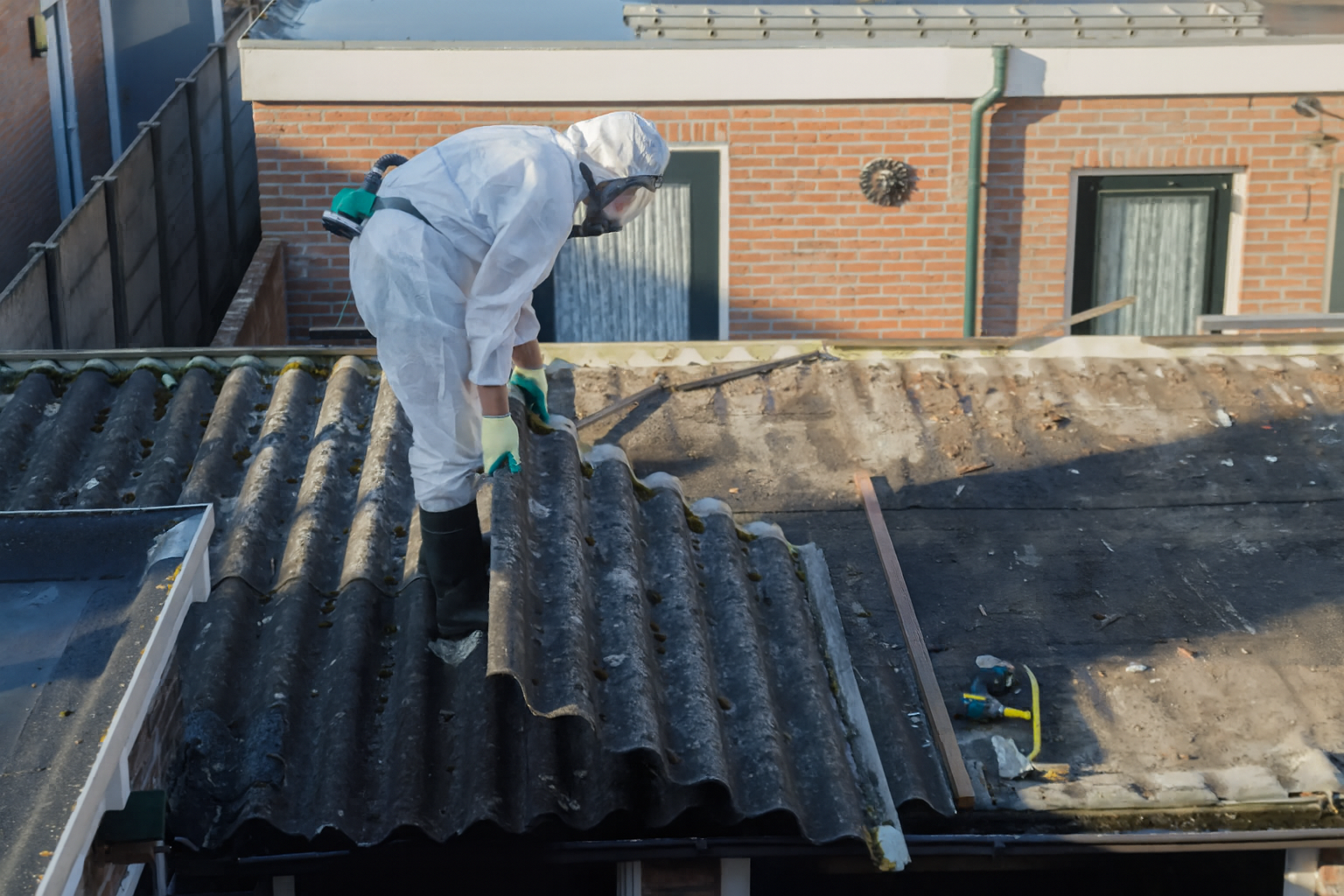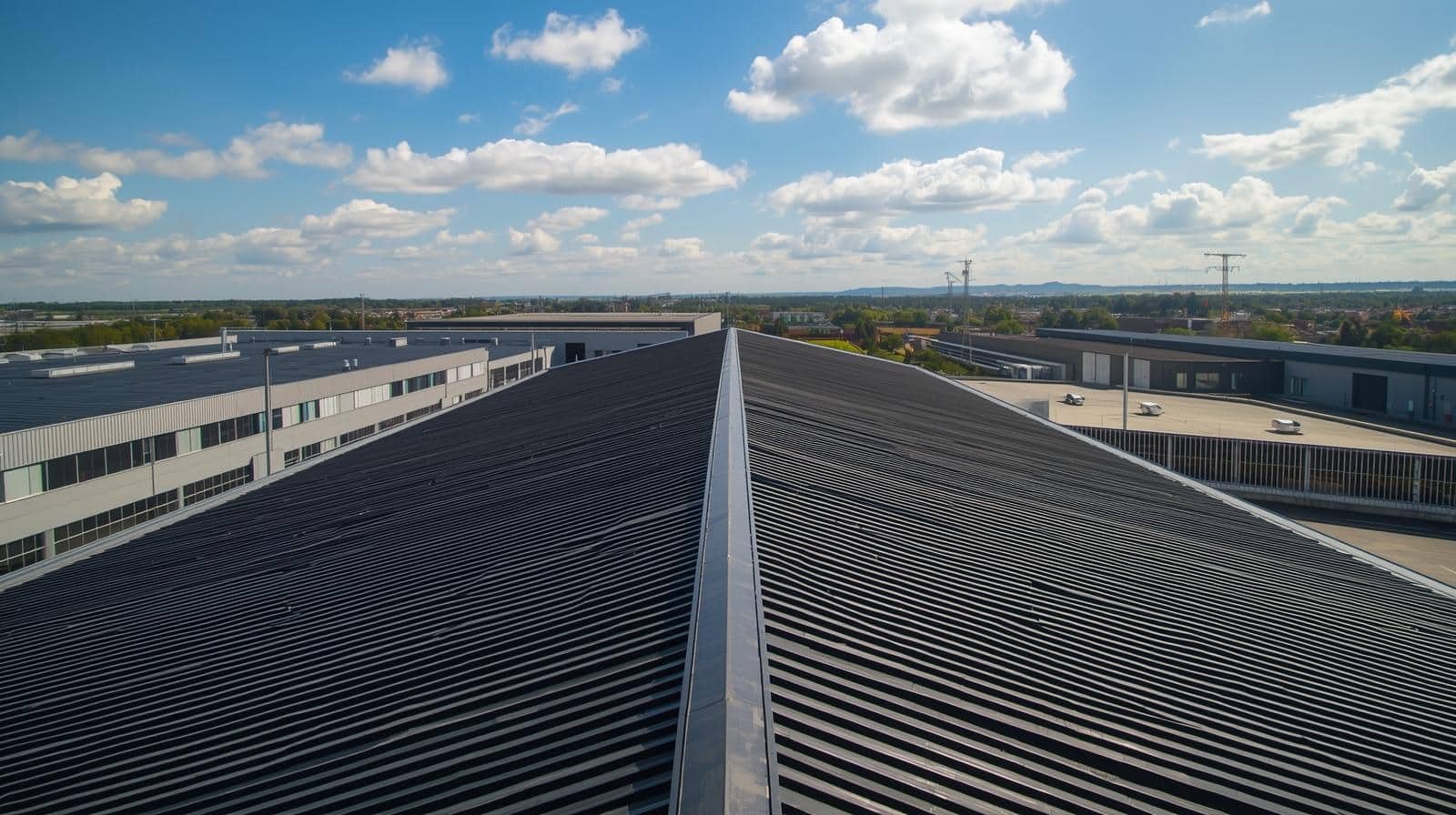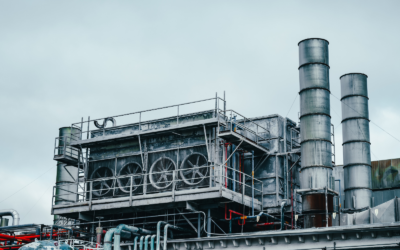The regulations on fiber cement roofs Today, these roofs are a key consideration for businesses, homeowner associations, and facility managers. These roofs are part of the heritage of many industrial buildings, warehouses, and buildings in Catalonia and throughout Spain. For decades, they were widely used for their strength, durability, and low cost. However, the presence of asbestos in their composition makes them a hazardous material that must be managed carefully and in accordance with current legislation.
In this article we review the regulations on fiber cement roofs and the main obligations affecting owners and companies, as well as the factors that influence their withdrawal.
Ban on asbestos in the European Union
The use of asbestos has been banned in the European Union since 2002. In Spain, the ministerial order of December 7, 2001, established a ban on the manufacture, marketing, and use of products containing asbestos fibers.
This means that:
- New asbestos-containing fiber cement roofs cannot be installed.
- Existing ones must be managed with a control and safe removal plan.
Regulations on fiber cement roofs in Spain
At the state level, the regulations on fiber cement roofs It is mainly marked by the Royal Decree 396/2006, which regulates the minimum health and safety provisions applicable to work with a risk of exposure to asbestos.
This decree establishes:
- The obligation to carry out a Asbestos Work Plan (PTA) before removing any fiber cement roofing.
- The need for these works to be carried out by companies registered in the Register of Companies with Asbestos Risk (RERA).
- Specific protection protocols for workers (PPE, training, procedures).
- Mandatory management of asbestos waste in authorized landfills.
In addition, other general regulations also apply:
- Law 31/1995, on the Prevention of Occupational Risks.
- Law 22/2011, on Waste and Contaminated Soils.

Regulations on fiber cement roofs in Catalonia
In Catalonia, the regulations on fiber cement roofs It includes specific competencies in occupational health, waste, and the environment. Some of the most relevant are:
- Waste Agency of Catalonia (ARC): procedures for the collection, transportation and disposal of asbestos waste.
- Department of Labor of the Generalitat: approval of Asbestos Work Plans.
- Municipal ordinances: In many cases, a planning permit is required for the removal of roofs.
This means that in Catalonia, it's not enough to comply with state regulations: it's necessary to coordinate with regional and local governments.
Lifespan of fiber cement roofs
The regulations also establish that, once the useful life of fiber cement, this material must be removed. The estimated lifespan of an asbestos-cement roof is 25 to 30 years.
In practice, most buildings that still have this type of roof are more than three decades old, which increases the health risk. Therefore, many city councils have already compiled inventories of fiber cement roofs and have begun notifying owners of their obligation to replace them.
Obligations of owners and companies
Having a fiber cement roof does not imply an immediate obligation to remove it if it is in good condition, but homeowners should:
- Identify and record the presence of asbestos.
- Prevent exposure of workers and users.
- Act in case of deterioration, planning its removal with authorized companies.
Failure to comply may result in financial penalties and legal liability.
Factors influencing the cost of withdrawal
The price of removing a fiber cement roof depends on several factors:
- Deck surface: The larger the size, the greater the volume of material to be removed and managed.
- Status of fiber cement: If it is damaged, the complexity and risk of the work increase.
- Accessibility: Working on high or difficult-to-access roofs requires additional machinery and safety measures.
- Location: The distance to an authorized landfill influences waste transportation and management.
- Administrative procedures: Asbestos Work Plan, municipal licenses and fees.
- Subsequent replacement: After removal, a modern roof (sandwich panel, metal or with solar energy integration) must be installed.
Benefits of replacing the cover
Beyond complying with regulations, replacing a fiber cement roof provides benefits:
- Greater safety for workers and users.
- Elimination of penalties for non-compliance.
- Improving energy efficiency.
- Revaluation of the property.
- Possibility of integrating renewable solutions such as solar panels.

Looking to the future
The regulations on fiber cement roofs It is clear: asbestos belongs to the past and must be removed safely. Today the priority is not only to comply with the law, but also modernize the facilities with safer, more sustainable and efficient materials.
Proper planning of this process adds value, avoids risks, and opens the door to new possibilities such as energy efficiency and the integration of renewable energy.
In Engine We help you take this step with full guarantees, supporting each client from the initial diagnosis to the complete replacement of the roof.
If you need guidance on how to manage a fiber cement roof on your warehouse or building, contact us and we'll walk you through every step of the process.



